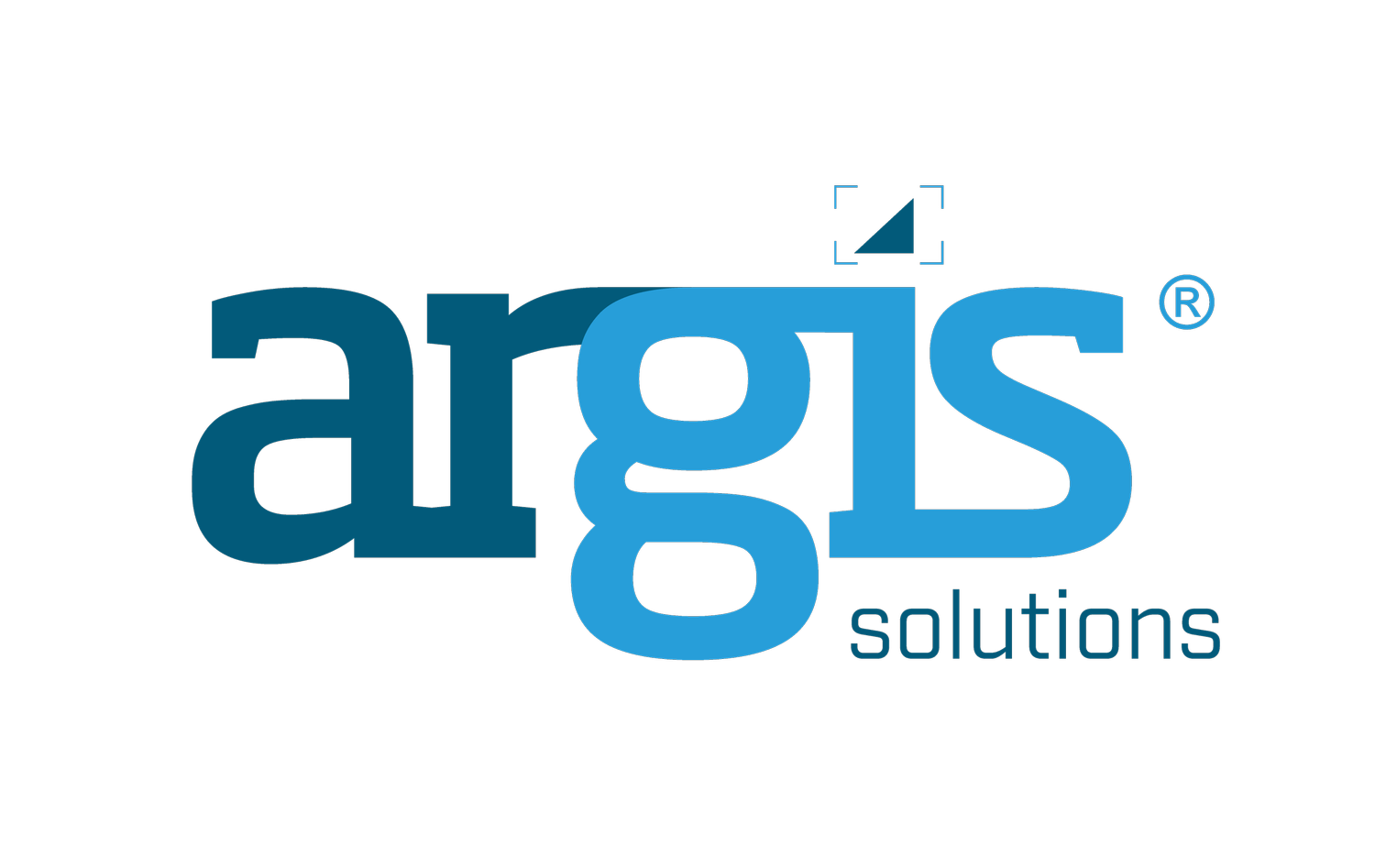Documentation and Data Refinement Using AR Ticketing Management
An augmented reality ticketing management system assists in data refinement and offers detailed audit-ready documentation.
Answering Questions with Augmented Reality
Some common questions that facility owners face: “How precise is my data in the real world?” and “To what extent can I trust my maps?” When the answers are “I don’t know” or “Only as a rough guideline,” exposure for potential losses and damages could be on the horizon. Electromagnetic locators, a 40-year-old technology, have their limitations, especially when faced with missing tracer wires or PVC piping. Maintaining the highest quality data is the best way to enable informed decisions, limit liability, and improve safety outcomes, all while improving the bottom line.
Facility owners are more successful when they invest in infrastructure documentation, updating their maps for accuracy and reliability. Observing their GIS data in augmented reality (AR), one of our clients discovered its survey-grade data was off by as much as 30 feet. Sometimes the view of GIS data when revealed by AR is distressing and sometimes it is encouraging. Either way, the unknown becomes defined, resulting in safer business decisions, answering questions like, “What is correct, and what needs to be retagged? What should we prioritize the next time there is a construction project and these assets get uncovered?”
Augmented Reality Ticketing Management
The good news? The answer to addressing discrepancies in geospatial data while documenting and refining it is affordable and easy to implement. Argis Solutions’ augmented reality ticketing management system, ARTMS, uses AR, an emerging technology that projects GIS data as an overlay to the camera feed from a mobile device, allowing the field technician to move around within the data, viewing how it intersects with known points or above ground infrastructure indicators, like manholes or valves.
With ARTMS positive response is well-documented and audit-ready. Time-stamped photographic images of the excavation site with longitudinal and latitudinal coordinates become part of the positive response documentation. These images can also include AR representation of GIS data, so that there is no question about what information was communicated to the excavator at the time of positive response. In states like Colorado where recent legislative changes to SUE regulations create more facility owner accountability and increase potential exposure if a strike occurs, the high-level, proactive documentation provided through ARTMS gives facility owners peace of mind, allowing them to create a map they can trust.

